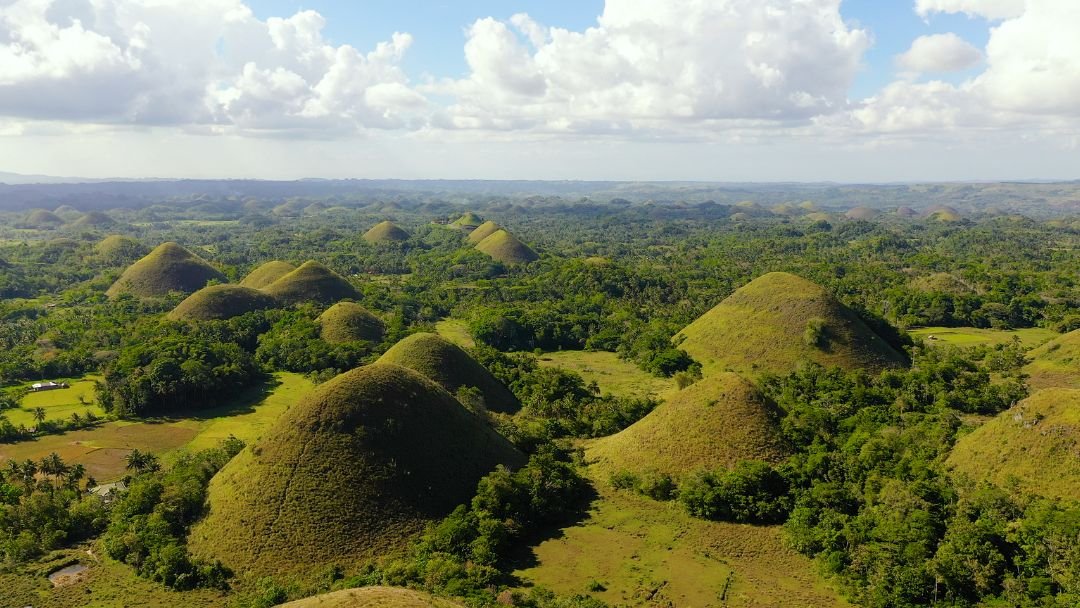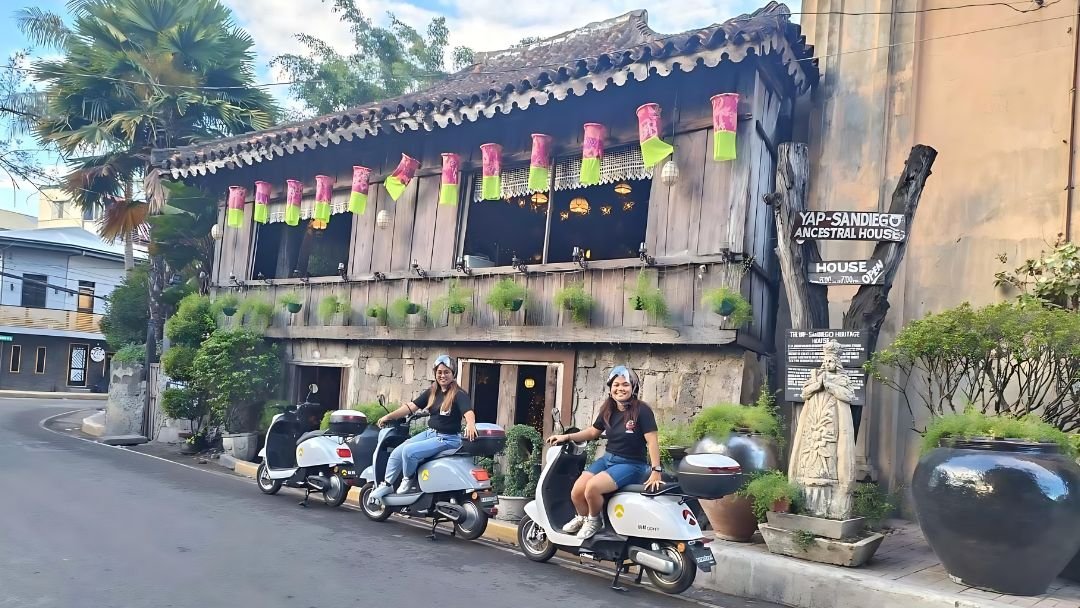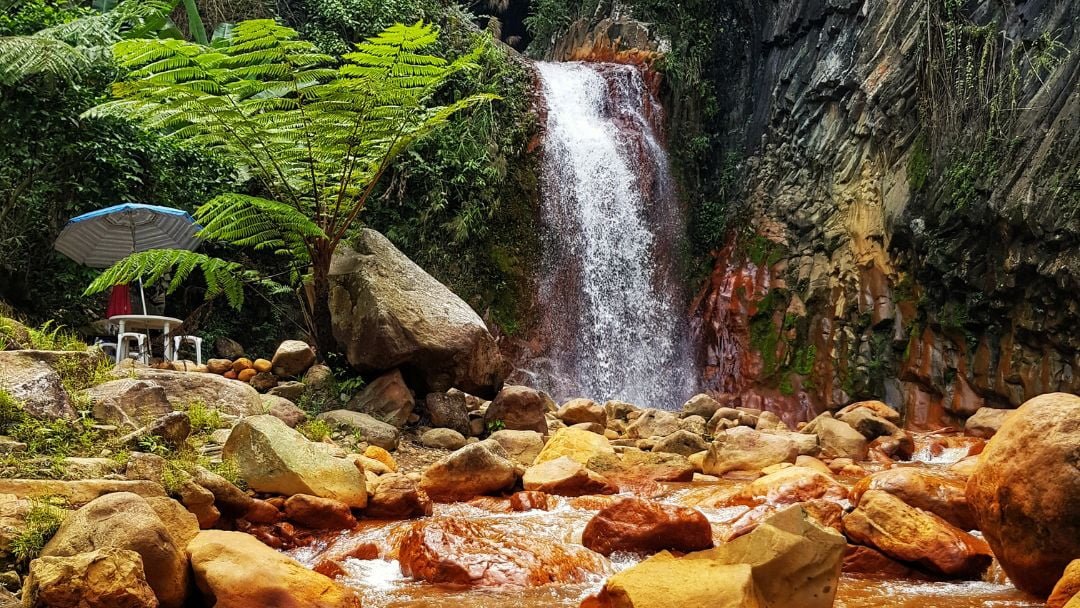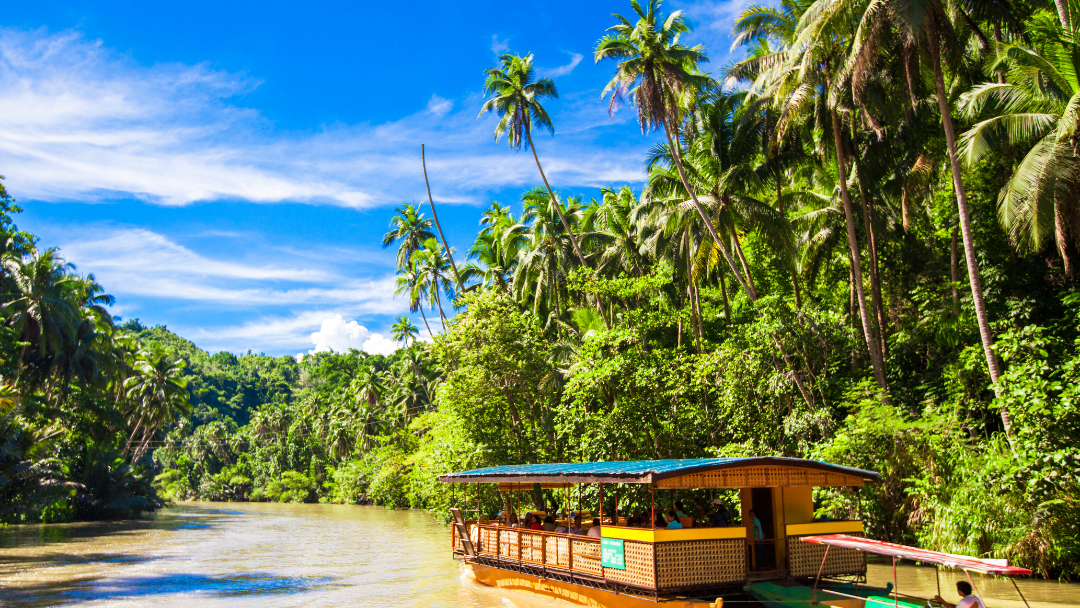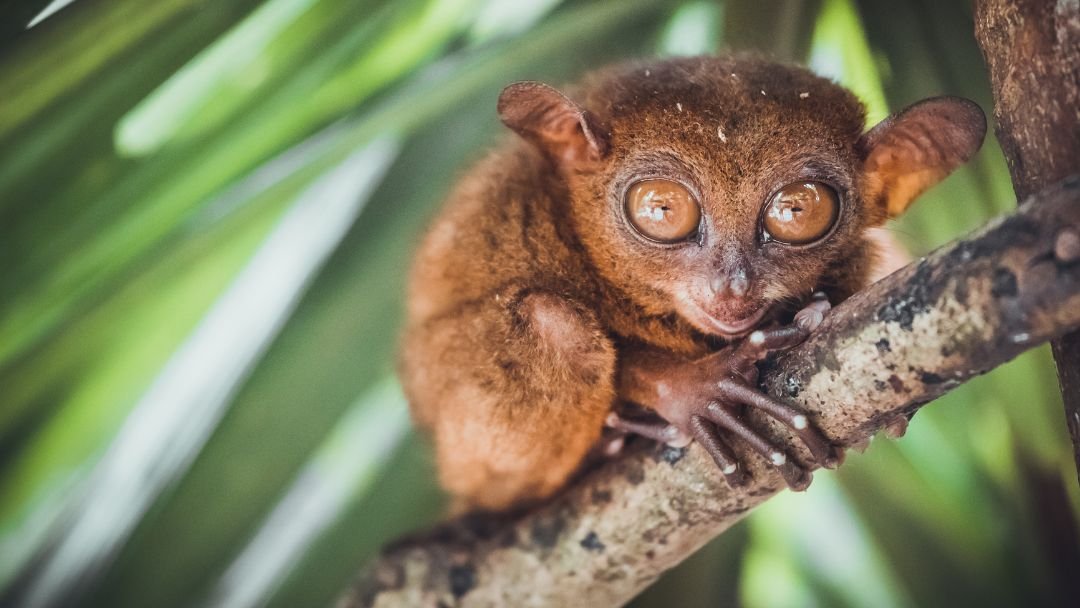Discover the Majestic Chocolate Hills in Bohol: A Natural Wonder of the Philippines
The Philippines is renowned for its stunning natural landscapes, and among its many treasures lie the mesmerizing Chocolate Hills of Bohol. These iconic hills, spread across the Bohol province in the heart of the Philippines, stand as a testament to the country’s rich geological and cultural heritage.
Introduction to Chocolate Hills in Bohol
The Chocolate Hills are a geological formation consisting of at least 1,260 hills spread over an area of more than 50 square kilometers. These symmetrical mounds, covered in green grass that turns brown during the dry season, resemble chocolate kisses, hence the name.
Formation and Geological Significance
Geologists believe that the Chocolate Hills are limestone formations created ages ago by the uplift of coral deposits and the action of rainwater and erosion. The unique cone-shaped hills, varying in sizes, add to the mystique of the landscape.
Magnificent Landscape of the Chocolate Hills
The sight of the Chocolate Hills is truly breathtaking, especially during the dry season when the grass covering the hills turns brown, giving them a chocolatey hue. The hills are spread across the municipalities of Carmen, Batuan, and Sagbayan, offering panoramic views from various vantage points.
Biodiversity and Wildlife
Despite their rocky appearance, the Chocolate Hills support a rich biodiversity, harboring various flora and fauna. The surrounding forests are home to diverse wildlife, including endemic species of birds, mammals, and reptiles.
Cultural Significance and Local Legends
The Chocolate Hills hold deep cultural significance for the people of Bohol, featuring prominently in local folklore and legends. One popular legend tells of two giants hurling stones at each other, leaving behind the hills as their battleground.
Best Time to Visit
The best time to visit the Chocolate Hills is during the dry season, from late November to May, when the weather is sunny and conducive to outdoor exploration.
Exploring the Chocolate Hills: Tourist Activities
Visitors can explore the Chocolate Hills through various activities such as hiking, biking, and bird watching. Viewing decks and platforms offer stunning vistas of the hills and the surrounding countryside.
Accessibility and Transportation Options
The Chocolate Hills are accessible from the city of Tagbilaran, the capital of Bohol, via public buses, private vans, and rental cars. Saferide Car Rental offers convenient transportation options for travelers looking to explore the region at their own pace.
Accommodation and Dining Near Chocolate Hills
Several accommodations ranging from budget-friendly lodges to luxury resorts are available near the Chocolate Hills, providing comfortable stay options for visitors. Local restaurants offer authentic Filipino cuisine, allowing travelers to indulge in delicious meals after a day of exploration.
Conservation Efforts and Environmental Concerns
Efforts are underway to preserve the natural beauty of the Chocolate Hills and protect its fragile ecosystem. Sustainable tourism practices and conservation initiatives aim to mitigate environmental impacts and ensure the long-term preservation of this natural wonder.
Sustainable Tourism Practices
Responsible tourism is key to preserving the integrity of the Chocolate Hills. Visitors are encouraged to follow designated trails, avoid littering, and respect the local culture and customs.
Nearby Attractions and Day Trips
In addition to the Chocolate Hills, Bohol offers a wealth of attractions including pristine beaches, historic churches, and vibrant markets. Day trips to nearby islands such as Panglao and Anda are popular among tourists seeking adventure and relaxation.
Tips for Visitors
- Wear comfortable clothing and sturdy footwear for exploring the hills.
- Stay hydrated and carry sunscreen and insect repellent.
- Respect wildlife and refrain from disturbing the natural habitat.
- Follow designated trails and abide by local regulations.
Closing Thoughts
In summary, the Chocolate Hills of Bohol represent not only a geological marvel but also a symbol of the natural and cultural heritage of the Philippines. Their unique landscape and rich biodiversity make them a must-visit destination for travelers seeking awe-inspiring experiences and memorable adventures.
As visitors explore the rolling hills and immerse themselves in the beauty of Bohol, they contribute to the preservation and sustainable management of this precious natural wonder. Through responsible tourism and environmental stewardship, we can ensure that future generations continue to marvel at the majesty of the Chocolate Hills for years to come.
What is the origin of the name "Chocolate Hills"?
The name “Chocolate Hills” comes from the brown color that the hills take on during the dry season, resembling chocolate kisses.
Are there guided tours available for exploring the Chocolate Hills?
Yes, there are guided tours available for exploring the Chocolate Hills. Local tour operators offer guided excursions that provide insights into the geological formation and cultural significance of the hills.
Are there any legends associated with the formation of the Chocolate Hills?
Yes, there are several local legends associated with the formation of the Chocolate Hills. One popular legend tells of two giants who engaged in a fierce battle, hurling stones and sand at each other, which eventually formed the hills.
